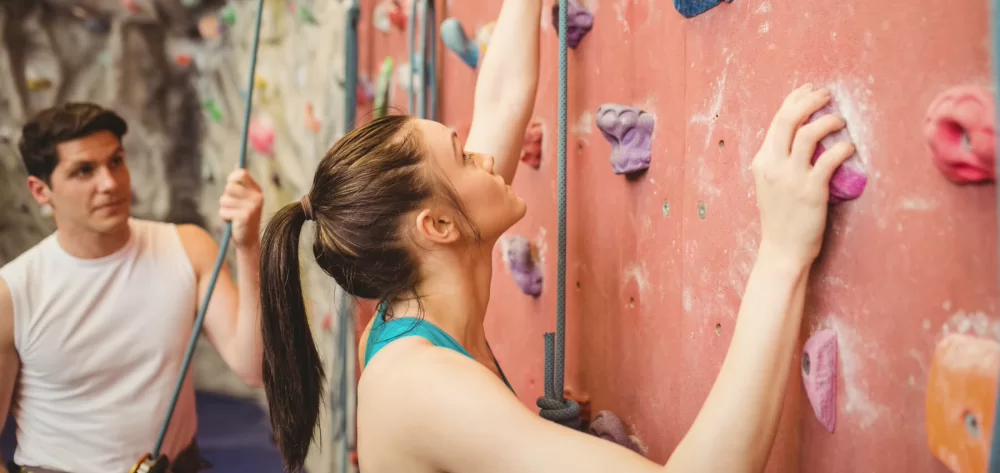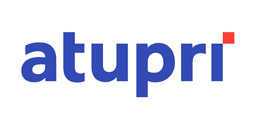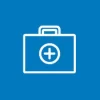Climbing and bouldering, both indoors and outdoors, are very popular in Switzerland. Here, moneyland.ch lists ways to get more climbing for less money.
1. Use via ferratas and other free climbing facilities
Around 60 secured, outdoor climbing trails (via ferratas) are scattered across Switzerland. These range from simple trails for beginners and families to more advanced climbs for thrill-seekers. Best of all, they do not cost anything to use. If you are just looking for a good time or an adrenaline kick without the risks of real alpinism, they are a good alternative. You can find Swiss via ferrata trails listed here.
2. Look for free climbing facilities
Via ferratas are not the only free climbing facilities in Switzerland. Simple climbing walls and bouldering challenges can be found at a number of city parks and school grounds across the country. There are also numerous outdoor rock climbing and bouldering locations which make use of natural rock formations. Some have pre-embedded anchors for beginners. This setup is often called a “klettergarten” in German, and a “jardin d'escalade” in French. You can find some of these, as well as more advanced alpine climbing challenges, here.
3. Compare climbing center prices
Switzerland has more than 50 indoor climbing and bouldering gyms, and there are huge differences in the prices charged by different climbing centers. In the greater Zurich area, for example, prices of adult annual memberships for climbing centers range between 280 francs (Hirslen Sports Center in Bülach) and 1217 francs (Gaswerk climbing centers), and adult day passes cost 10 to 42 francs, depending on the climbing center.
Of course, there are other factors to consider, like available challenges and facilities, and proximity to where you live. But using the cheapest climbing center which matches your criteria is the easiest way to cut the cost of indoor climbing.
4. Claim health insurance benefits
If you have supplemental health insurance, check whether it covers all or part of the cost of climbing center memberships. A number of insurance offers include coverage for climbing hall subscriptions, in which case it is generally identical to their health insurance cover for gym memberships.
Insurance providers which list climbing hall memberships or specific climbing centers in their health promotion benefits include Axa, Concordia, CSS, Helsana, KPT, Swica, and Sympany. But even if your insurer does not explicitly list climbing or your specific climbing center, it is still worth contacting them and asking if your membership can be covered by their health promotion benefits.
5. Take advantage of discounts
Students can get discounts at many climbing centers by showing a student ID. For annual passes in particular, these discounts can save you a substantial amount of money. Several climbing gyms have big discounts for Kulturlegi members. You can get a Kulturlegi pass if your income is relatively low, or if you receive certain kinds of benefits (Swiss scholarships, for example).
Members of many Swiss alpine club (SAC) chapters can get discounts – typically 10 percent off – at specific indoor climbing and bouldering gyms. If you have an SAC membership, check whether it entitles you to discounts on climbing center passes.
Ongoing or temporary discounts for indoor gyms and climbing courses are also offered by some industry associations, banks, and public transportation providers.
6. Bring your own climbing gear
Most climbing centers offer harnesses, shoes, and other equipment for rent. But if you do any serious amount of climbing, renting equipment can quickly become very expensive. The rent for adult climbing shoes and harnesses is typically around 5 francs each per visit. Ropes typically cost around 10 francs per day. Renting the basic necessary equipment at rental outlets near via ferrata trails will also cost around 20 francs in total. If you climb once a week, on average, renting equipment could cost you around 1040 francs in a year. On the other hand, store prices for budget gear start at around 50 francs for new climbing shoes, 100 francs for harnesses and carabiners, and 100 francs for a climbing rope, or a total of 250 francs.
Conversely, if you only climb occasionally, then renting can work out cheaper. If you need to rent equipment for more than one day, or for outdoor climbing, renting equipment from private people on Swiss sharing economy platforms can be very affordable.
7. Save on equipment
Unless you need consultation from an outdoor or climbing specialist, you can save a lot of money by comparing prices for the specific equipment you need and buying at the lowest available price. Price comparison websites are a good place to get an idea of prices charged by big retailers.
Many climbing equipment brands have online and/or brick-and-mortar outlet stores where surplus stock is sold at reduced prices. You should also look out for sales at large outdoor supply stores. These include in-store sales and seasonal sellouts in addition to the marked-down items shown in the outlet sections of online stores. In the best case, you can buy climbing gear at prices well below the standard price tags.
If you feel confident in your ability to gauge quality and wear, second-hand prices are often around half of new store prices, particularly for quality equipment. Swiss classifieds websites (like Anibis and Tutti) and auction sites (like Ricardo) are a good place to start.
8. Understand search and rescue insurance
If you do outdoor climbing, including on via ferratas, then it is important to consider how you are insured against the costs of search and rescue operations. In Switzerland, these can be very high. Read the guide to search and rescue insurance in Switzerland to find out what may be covered by the insurance you already have, and how to optimize coverage.
Rega
Swiss alpine rescue association Rega carries out many of the search and rescue missions in Switzerland. Patrons benefit in that additional costs above what is covered by their search and rescue insurance policies may be waived, on a case-by-case basis.
9. Join a climbing group or club
Whether you prefer climbing alone or with company, joining a climbing group can be beneficial because many Swiss climbing gyms have group discounts. In some cases, your climbing buddies may also be open to pool transportation or share equipment, which can also save you money. Good places to look for climbing groups include social media platforms and online platforms like Kletterportal.ch, Gemeinsamerleben and Meetup.
10. Save on transportation and accomodation costs
While climbing itself can be completely free, apart from equipment, costs like transportation and accomodation can add up. You can find ways to cut these costs in the financial guide to hiking in Switzerland.
More on this topic:
Hiking in Switzerland: Financial tips for outdoor enthusiasts
Tips for getting cheap gym memberships
Simple tips for cheaper skiing in Switzerland

 Deal of the Day
Deal of the Day 





